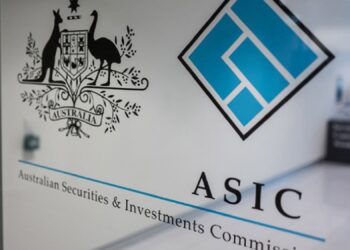Curbing the banks’ ability to comment on their funding costs and interest rate intentions would result in one-sided public debate, the Australian Bankers’ Association (ABA) has stated.
This was in response to comments made on Friday by Australian Competition and Consumer Commission (ACCC) chairman Graeme Samuel, who said it was concerning that banks were allowed to signal each other and the public about their pricing intentions, which could be anticompetitive.
The ABA stated that it and the banks were constantly faced with enquiries from journalists, politicians and bank customers following comments made by the likes of the Reserve Bank, the Treasury, the Federal Opposition, investment bank analysts, media commentators, academics and consumer advocates.
“All of these commentators influence the public debate and influence how people assess the issues,” said ABA chief executive Steven Münchenberg. “If new ACCC powers allow everyone to comment except the banks, then the public debate will be missing the key input,” he said, referring to the up-to-date information in the hands of the banks.
He stated that constraining the banks in public debate “will misinform that debate and will mean that the media and other commentators are unable to present an informed and balanced view”. He added that customers also had a right to an explanation regarding what was happening with banks’ funding costs and interest rates, and how this impacted on household budgets.





